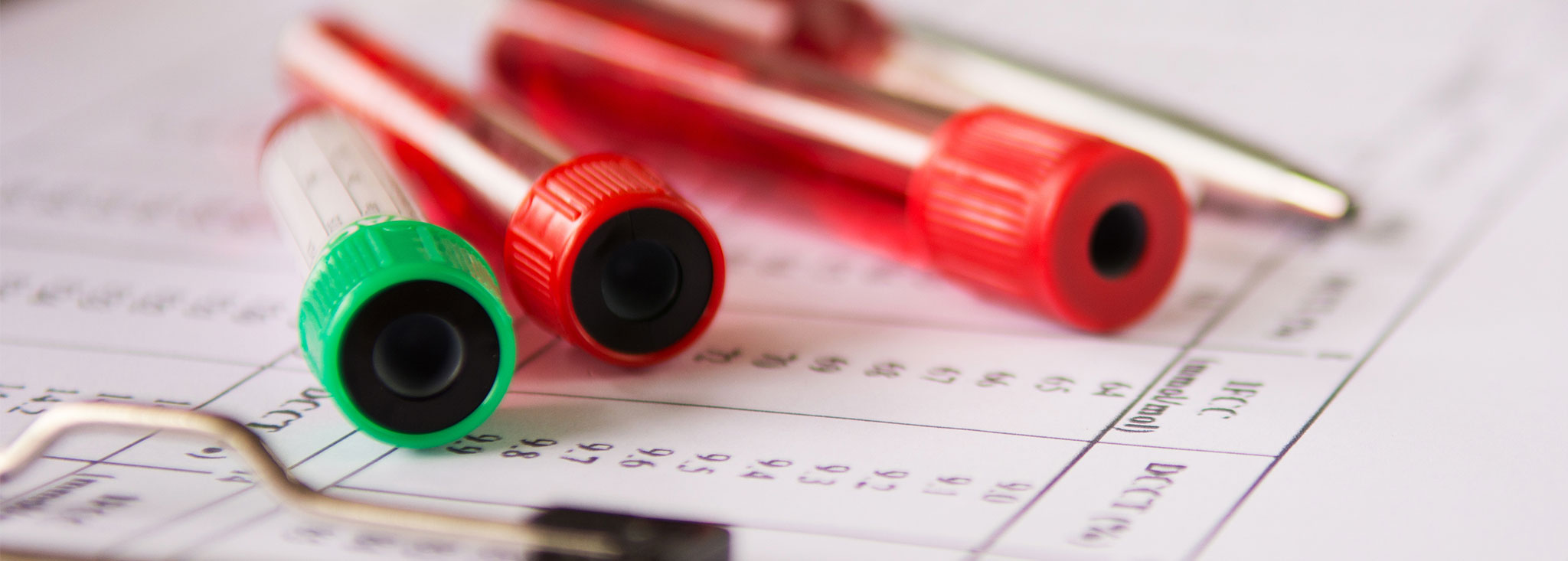How to Analyze Blood Glucose Meter Data
People use blood glucose meters as part of self-diabetes management. When a person is diagnosed, they’re usually given a blood glucose meter along with test strips and lancets to start monitoring their blood sugar at home. Though the average person with diabetes should be testing their blood sugar a few times a day every day, knowing how to interpret that data is essential to understanding how certain foods, exercises, and any other stressors affect blood sugar.
The importance of the accuracy of your blood glucose meter, as well as its test strips, cannot be understated. As the number one person on your healthcare team, it’s critical you receive accurate results and you can find the quality control claims by companies. One example is Accu-Chek’s quality control process. Their process tests over 60,000 Accu-Chek test strips¹ in an average week for consistent accuracy.
There are various ways to analyze your blood glucose data, such as on the meter itself, using online software or apps on your phone. Though you should wait to make any changes to your management plan until after you speak with a healthcare professional, know that your data isn’t just for your doctor. Use your data to gain insight into how well your current plan is working. Has something changed in your medication? Are you ill or has your diet changed in any way? This is why your data matters.
Steps to Analyzing Your Blood Glucose Data
Take a look at your averages.
A blood sugar test catches a singular moment in the behavior of your blood sugar at that moment. To fully understand if your blood sugar is within recommended limits, higher, or lower than recommended, you’ll need to see the bigger picture of it. Some blood glucose meters offer to show your averages over a period of time. For example, Accu-Chek’s Guide Me meter saves up to 720 results and displays 7-, 14-, 30-, and 90-day averages. You can use your averages to correlate if there have been any changes in your diet, medication, exercise, or if any other things in your life are causing changes to your blood sugar. Knowing this information can also improve your doctor’s visits and make them more productive. Make sure to consult your doctor before making any changes to your diabetes regimen.
Download your meter’s app or computer software.
By using apps or seeing your data online, you may be able to view trends and daily patterns to give you better insight into your blood sugar more than just your weekly or monthly averages on your meter. Does the manufacturer of your meter have an app or computer software? If so, you may want to download it, especially if you’re the kind of person who doesn’t like to keep a physical logbook. Apps like mySugr—which is available on Apple and Android—allow you to see patterns in your blood glucose, send your results via email to your care team, and it has an estimated A1c after importing your blood sugar levels three times a day for seven days. No more surprises at your doctor visits!
Try Another Diabetes-Tracking App
You don’t need to be an expert in your data. In addition to charts and graphs, many diabetes-tracking applications will give you some really cool features to allow technology to see patterns and trends that may not be visible to you. Apps like mySugr make it easy to log your blood sugar, carbs and more. If you have an Accu-Chek Guide Me meter, you can wirelessly sync it with mySugr.² Other apps like Glooko, Glucose Buddy and Glucose Companion are apps with similar features, premium upgrades and other features such as setting reminders to check blood sugar, visit the doctor and export readings to a chart.
Regardless of your choice of technology to use, charts, graphs and statistics will help you see how daily activities can impact your blood sugar results. Things like that Friday night beer and stadium burger, that Wednesday girls night out, how your body handles the stress of meeting a deadline at work or school, the morning dog walk you take every day and even how your body behaves when you are sick. So live your life and let the software and applications work for you.
¹Data on file. Based on average weekly strip production of approximately 80M and includes a combination of testing test strips for accuracy and precision standards.
²Accu-Chek users must register at least one blood sugar test per 30 days with their connected meter in order to retain free status in the mySugr PRO app. Void where prohibited by law.
This content was published in partnership with Roche Diabetes Care, the maker of Accu-Chek® products, a Founding Partner of Beyond Type 2.





